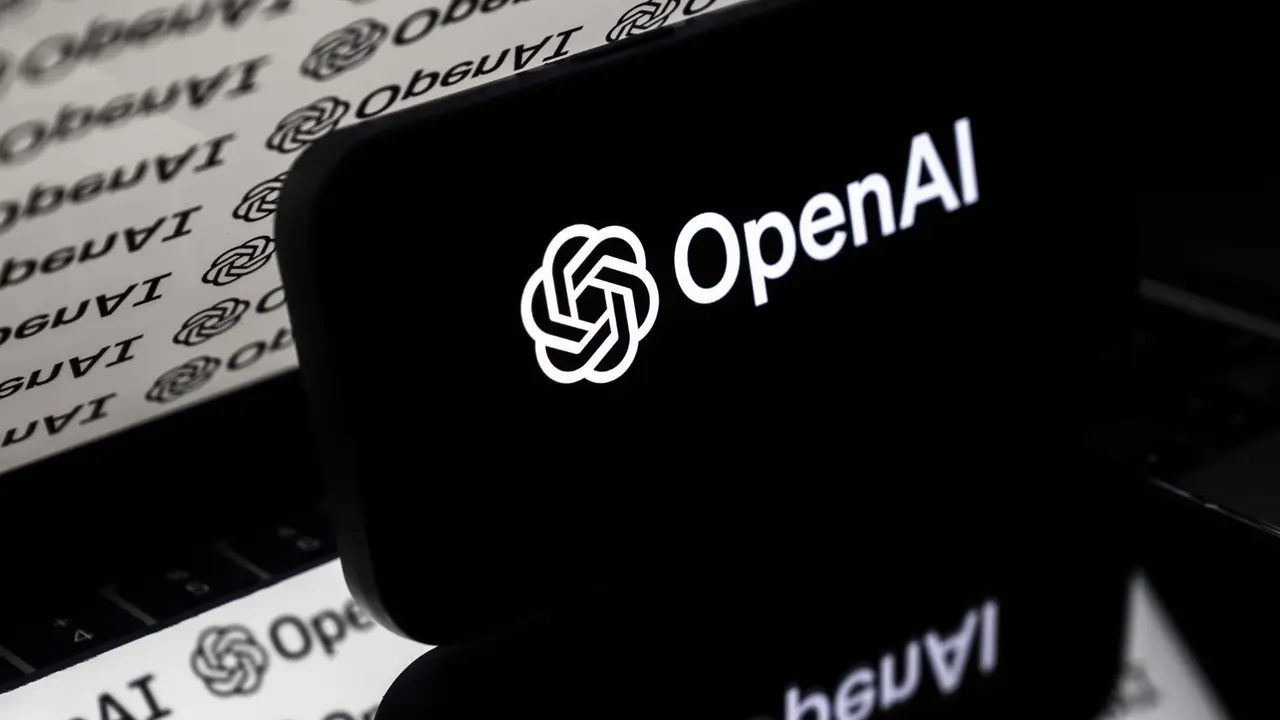Only 7% of Indian Organizations Prepared for AI-Driven Cyber Threats, Cisco Report Reveals
2 Sources
2 Sources
[1]
Only 7% of organisations in India ready for cyber threats: Cisco report
Cisco's report reveals a concerning lack of cybersecurity readiness in India, with only 7% of organizations adequately prepared for AI-driven threats. Despite 9 in 10 organizations facing AI-related security incidents, employee understanding remains limited. A significant skills shortage and unrestricted access to public Gen AI tools further exacerbate vulnerabilities, highlighting the urgent need for improved cybersecurity measures and investment.Amid a growing wave of AI-driven cybersecurity threats, only 7% of organisations in India are adequately prepared to defend against them, according to Cisco's 2025 Cybersecurity Readiness Index. This is a modest increase over the 4% reported last year. Overall readiness remains alarmingly low, particularly as hyperconnectivity and the rise of AI continue to introduce complex new security challenges. The report is based on a double-blind survey of 8,000 private sector security and business leaders in 30 markets. This is a research method where both the participants and the researchers interacting with them are unaware of certain key aspects of the study, to avoid bias. The report states that 9 in 10 organisations faced AI-related security incidents last year. However, only 66% of respondents are confident that their employees understand these threats. About 63% believe their teams fully understand how malicious actors use AI to execute sophisticated attacks. "As cyberattacks grow in scale and sophistication, the risks now extend far beyond data loss. Organisations face operational disruption, damage to brand reputation, and erosion of customer trust," Samir Kumar Mishra of Cisco India & SAARC said in a statement. Also Read: Cybersecurity agency CERT-In flags spike in online threats Understanding the foe The lack of cybersecurity readiness in India is high as 81% of respondents anticipate business disruptions from cyber incidents within the coming two years. About 96% of organisations are using AI to understand the threats, 88% use it for threat detection and 77% for response and recovery. This shows that the technology contributes equally on both sides of the fence. Another important finding was that 46% of employees use approved third-party generative AI tools. However, 28% have unrestricted access to public Gen AI tools and 43% of IT teams are unaware of employee interactions with Gen AI. With hybrid work models, 90% of organisations are exposed to security risks as employees access networks from unmanaged devices. Investment priorities shift About 98% of organisations plan to upgrade their IT infrastructure. However, only 54% allocate more than 10% of their IT budget to cybersecurity (a 7% reduction year-over-year). A staggering 92% of respondents identified a shortage of skilled cybersecurity professionals as a major challenge, with 65% reporting more than ten positions to fill. Looking ahead, respondents identified malicious actors and state-affiliated groups as more significant threats to their organisations than internal risks.
[2]
Cisco Report Finds Only 7% of Indian Firms Cyber-Ready Amid AI-Driven Threat Surge
Cisco's 2025 Cybersecurity Readiness Index, only 7% of organizations in India have achieved the 'Mature' level of readiness required to effectively withstand today's cybersecurity threats. Cisco's 2025 Cybersecurity Readiness Index, only 7% of organizations in India have achieved the 'Mature' level of readiness required to effectively withstand today's cybersecurity threats. This is a slight increase from last year's Index, in which 4% of organizations in India were designated as Mature. This demonstrates that despite a slight improvement from last year, cybersecurity preparedness remains low as hyperconnectivity, and AI introduce new complexities for security practitioners.
Share
Share
Copy Link
Cisco's 2025 Cybersecurity Readiness Index highlights a critical lack of preparedness among Indian organizations to combat AI-driven cyber threats, with only 7% adequately equipped. The report underscores the urgent need for improved cybersecurity measures and investment in the face of growing AI-related security incidents.
Alarming Lack of Cybersecurity Readiness in India
Cisco's 2025 Cybersecurity Readiness Index has revealed a concerning state of cybersecurity preparedness among Indian organizations. The report, based on a double-blind survey of 8,000 private sector security and business leaders across 30 markets, found that only 7% of organizations in India are adequately prepared to defend against AI-driven cyber threats
1
. This marks a slight improvement from the 4% reported last year, but overall readiness remains alarmingly low2
.
Source: DT
Prevalence of AI-Related Security Incidents
The report highlights that 9 in 10 organizations faced AI-related security incidents last year. However, only 66% of respondents are confident that their employees understand these threats. Furthermore, just 63% believe their teams fully comprehend how malicious actors utilize AI to execute sophisticated attacks
1
.Business Disruptions and AI Usage
A staggering 81% of respondents anticipate business disruptions from cyber incidents within the next two years. Organizations are increasingly turning to AI for cybersecurity purposes, with 96% using it to understand threats, 88% for threat detection, and 77% for response and recovery
1
.Generative AI and Employee Access
The report reveals that 46% of employees use approved third-party generative AI tools. However, 28% have unrestricted access to public Gen AI tools, and 43% of IT teams are unaware of employee interactions with Gen AI. This lack of oversight poses significant security risks
1
.Hybrid Work Model Challenges
With the adoption of hybrid work models, 90% of organizations are exposed to security risks as employees access networks from unmanaged devices. This highlights the need for robust security measures to protect against vulnerabilities introduced by remote work arrangements
1
.Related Stories
Investment Priorities and Skills Shortage
While 98% of organizations plan to upgrade their IT infrastructure, only 54% allocate more than 10% of their IT budget to cybersecurity, representing a 7% reduction year-over-year. This decrease in cybersecurity investment is particularly concerning given the increasing threat landscape
1
.A critical challenge facing the industry is the shortage of skilled cybersecurity professionals. An overwhelming 92% of respondents identified this as a major issue, with 65% reporting more than ten positions to fill. This skills gap further exacerbates the vulnerability of organizations to cyber threats
1
.Future Threat Landscape
Looking ahead, respondents identified malicious actors and state-affiliated groups as more significant threats to their organizations than internal risks. This perception underscores the need for robust external threat intelligence and defense mechanisms
1
.References
Summarized by
Navi
Related Stories
Cisco Study Reveals Critical Gaps in Global Cybersecurity Readiness Amid AI Advancements
07 May 2025•Technology

India Faces Escalating Cybersecurity Challenges: Trend Micro and Zscaler Reports Highlight Ransomware and Malware Threats
15 Oct 2024•Technology

Education and Healthcare Sectors in India Face Surge in Cyberattacks
27 Sept 2024

Recent Highlights
1
AI Chatbots Sway Voters More Effectively Than Traditional Political Ads, New Studies Reveal
Science and Research

2
Trump signs executive order to override state AI laws despite bipartisan pushback
Policy and Regulation

3
OpenAI warns upcoming AI models will likely pose high cybersecurity risk with zero-day exploits
Technology





